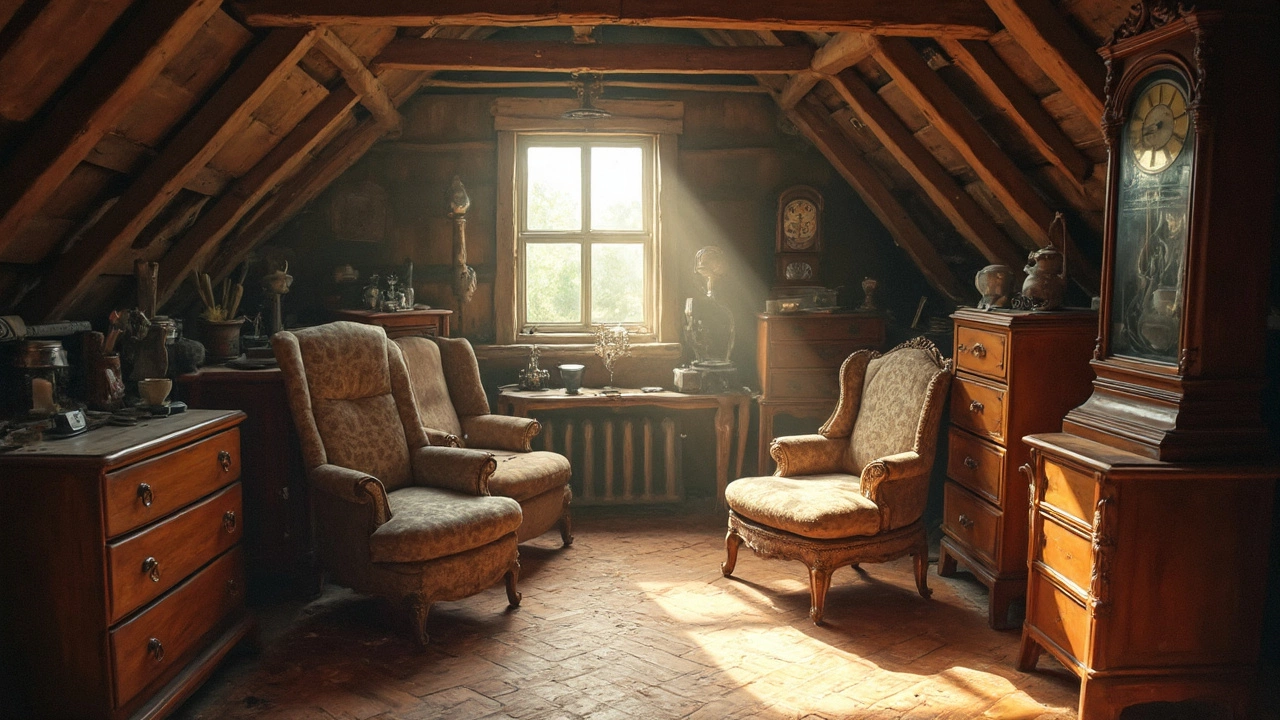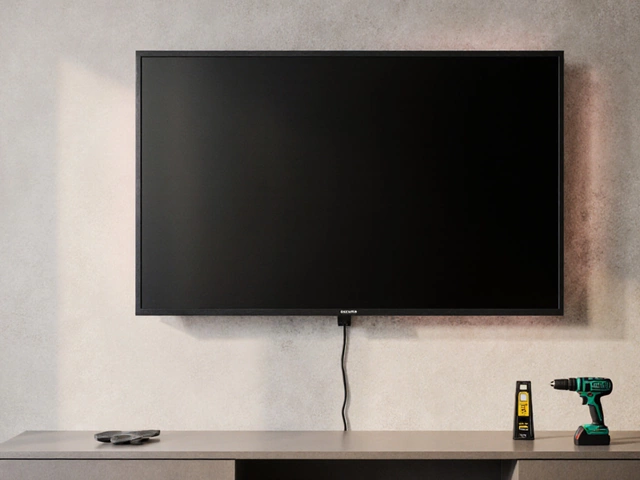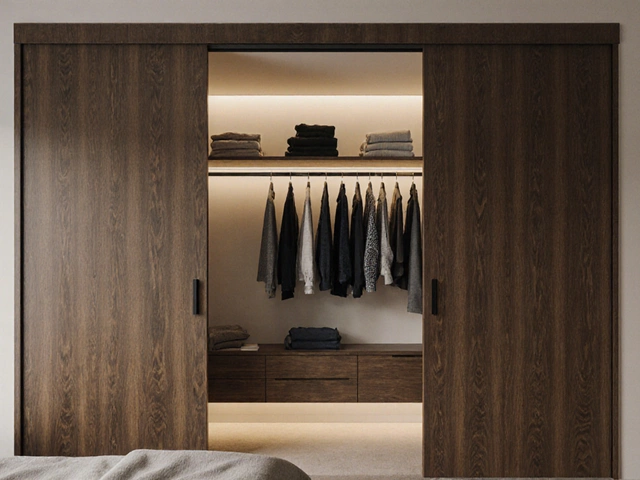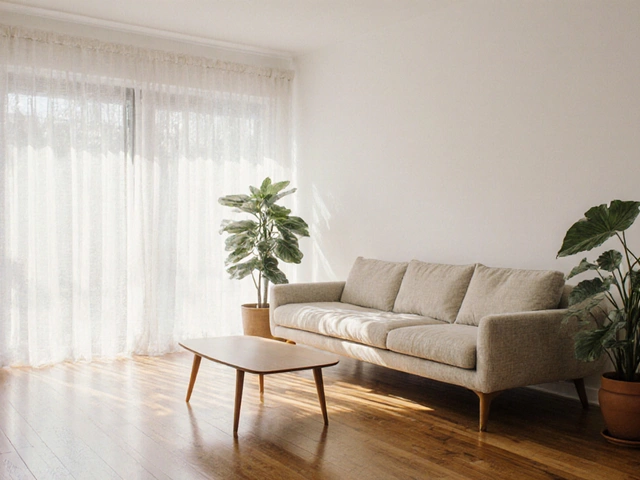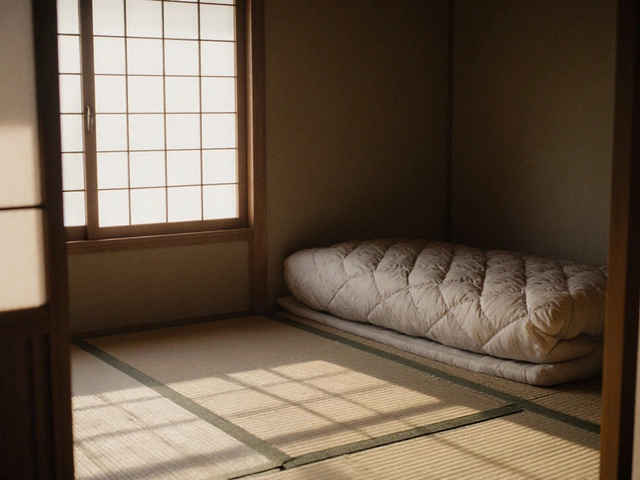Furniture Lifespan: What to Expect and How to Extend It
When you buy a sofa, a dining table, or a set of outdoor chairs, you probably wonder how long they’ll stay useful. Knowing a piece’s furniture lifespan helps you budget, plan maintenance, and avoid surprise replacements.
What Drives a Piece’s Lifespan?
Material is the biggest factor. Solid wood frames can survive decades, while particle board often starts to sag after a few years. Upholstery fabrics like polyester or microfiber handle daily use better than delicate linen. Metal legs resist rust if they’re powder‑coated, but they can still bend under heavy loads.
How you use the furniture matters too. A corner sofa that sees constant family movie nights will wear faster than a guest chair that’s only pulled out once a month. Sunlight, humidity, and temperature shifts can dry out wood, cause paint to chip, or make cushions lose their bounce.
Typical Lifespans by Furniture Type
Sofas & Sectionals: Good quality fabric sofas usually last 7‑10 years. Leather or high‑grade leather can reach 15 years with proper conditioning.
Office Chairs: Adjustable chairs with a sturdy metal base tend to survive 5‑8 years. Replace the cushion or wheels to add a few more years.
Dining Tables: Solid wood tables often exceed 10‑12 years, sometimes lasting a lifetime if the finish is maintained. Laminate tops may need replacement after 5‑7 years.
Outdoor Furniture: Materials made for the garden—teak, aluminum, synthetic rattan—can last 10‑15 years when you protect them from rain and seal them annually. Cheap plastic sets might crumble after 3‑5 years.
Wardrobes & Built‑In Storage: A well‑built wardrobe can be a generational piece. Issues usually arise from hardware wear, not the structure itself.
These numbers are averages; your actual furniture lifespan will depend on care and environment.
Here are practical steps to stretch that lifespan:
Keep it clean: Dust weekly, vacuum fabrics, and wipe wood with a soft, slightly damp cloth. Spot‑clean spills right away to avoid stains setting.
Shield from the sun: Use curtains, blinds, or UV‑protective film on windows near furniture that gets direct sunlight. A simple slipcover can also block harsh rays.
Control moisture: In damp rooms, use dehumidifiers and avoid placing wood pieces on concrete floors without a rug. For outdoor sets, use waterproof covers when not in use.
Rotate and balance use: Switch up chairs or sofas in high‑traffic areas every few months. This spreads wear evenly and prevents one spot from wearing out prematurely.
Tighten hardware regularly: Screws, bolts, and hinges loosen over time. A quick check every six months keeps everything stable and prevents structural damage.
If a piece shows signs of wear—creaking joints, sagging cushions, flaking finish—consider a simple repair before tossing it. Reupholstering a sofa, refinishing a table, or replacing drawer slides can add years to the furniture’s life without the cost of a brand‑new item.
When you shop for new pieces, ask about the materials and construction methods. A solid frame, high‑density foam, and finished edges usually signal a longer furniture lifespan. Investing a bit more upfront often saves money in the long run.
Bottom line: Understanding the factors that affect furniture lifespan lets you make smarter buying choices, keep your home looking fresh, and stretch every pound you spend. Treat your pieces well, and they’ll stay with you for years to come.
How Long Does Furniture Last in Storage?
Storing furniture is a common need for many people, whether due to moving or simply making space. This article explores how long furniture can last in storage while offering practical tips to help extend its lifespan. It covers factors like climate control, material types, and preparation methods. You'll learn to maximize the longevity of your stored furniture. Proper care today can mean less hassle and expense down the road.
